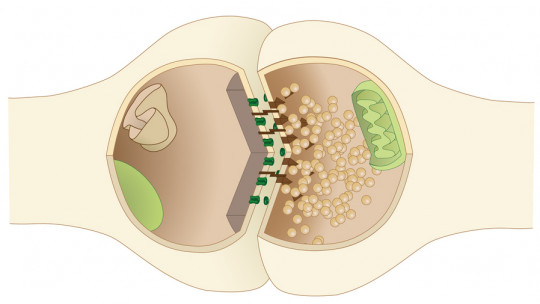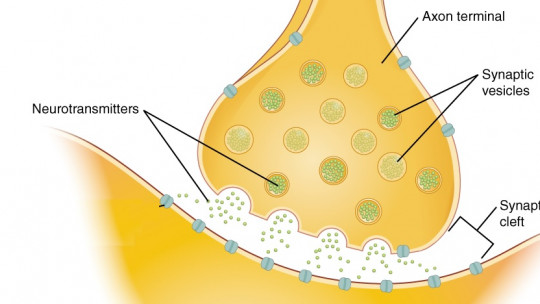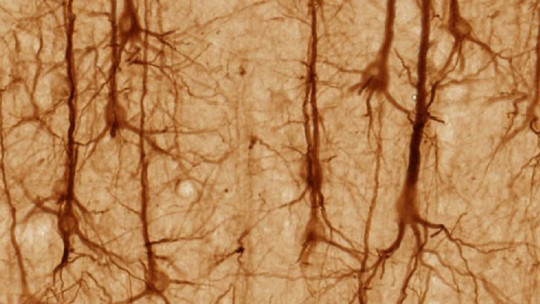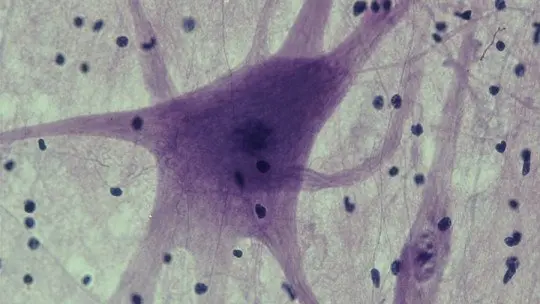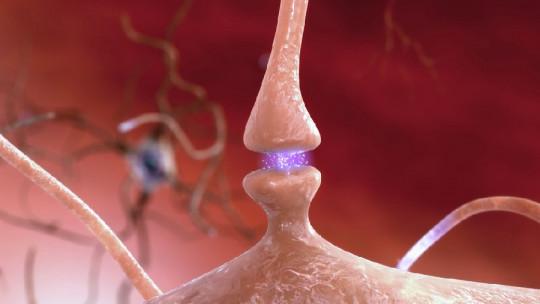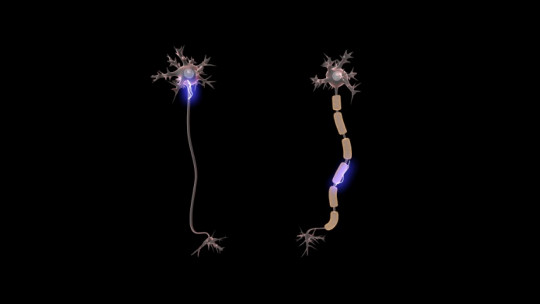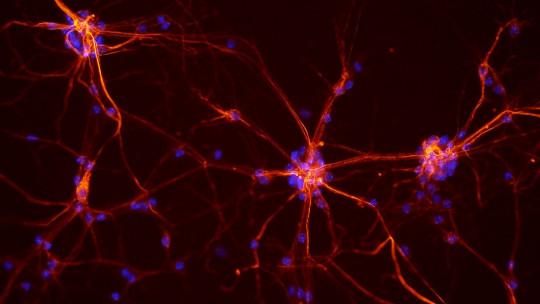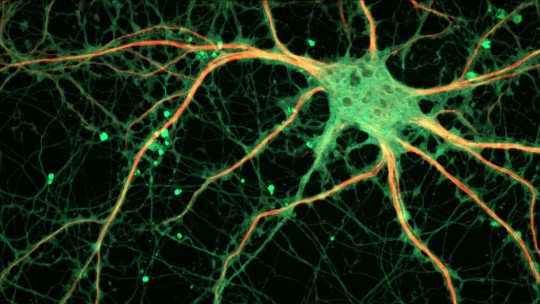
Synaptogenesis is the process by which synapses are created, that is, connections between a neuron and another cell of the nervous system, or between two neurons. Although synaptogenesis is especially intense during early development, environmental influences influence the consolidation and disappearance of synapses throughout life.
To understand how connections are created between neurons It is important to first understand what characteristics define this type of cells and what exactly synapses are. It is equally important to clarify the meaning of various concepts related to synaptogenesis, such as brain plasticity and neurogenesis.
Neurons and synapses
Neurons are cells of the nervous system specialized in receiving and transmitting electrochemical impulses. These signals allow a wide variety of functions to take place, such as the secretion of neurotransmitters and hormones, the contraction and distension of muscles, perception, thinking or learning.
The morphology of neurons differentiates them from other types of cells. Specifically, they consist of three main parts: soma, dendrites and axon
The soma, or cell body, is where the processes and functions of the neuron are organized; The dendrites are short extensions that receive electrical impulses; and the axon is a longer appendage that sends signals from the soma to other cells.
When neural impulses reach the end of the axon (terminal button) the neuron secretes neurotransmitters, chemical compounds that promote or inhibit the action of the recipient cell. In the case of neurons, as we have said, it is the dendrites that capture these signals.
We call the connection between a neuron and another cell a “synapse.”, especially if this is also a neuron. When two cells synapse, the membrane of the presynaptic neuron releases neurotransmitter into the synaptic space, the area where it joins with the receptor or postsynaptic cell; It receives the impulse, which regulates its activity.
The creation of numerous synapses between neurons and other cells, which occurs naturally during neurodevelopment, causes networks or circuits to form neuronal very complex. These networks are fundamental for the correct functioning of the nervous system and therefore the processes that depend on it.
How are connections created between neurons?
The ends of the axons and dendrites (before birth, in the latter case) contain conical-shaped extensions that develop in the direction of another cell and cause the neuron to grow and approach it, allowing synaptic connection. The name given to these extensions is “neural growth cones.”
Growth cones are guided by neurotrophic factors secreted by target neurons. These chemical compounds attract or repel the axon of the presynaptic neuron; In this way they tell it where it should grow. Once the axon connects with the postsynaptic cell, neurotrophic factors signal it to it and it stops growing.
This process, which takes place to different degrees throughout life, is called synaptogenesis and allows brain plasticity, that is, the ability by which our nervous system grows, changes and restructures itself. Plasticity is based on learning and practice which cause the connections between neurons to consolidate or weaken.
The frequency of synaptogenesis is greater at some stages of life, especially during early development. Nevertheless, the Environmental stimulation promotes synaptogenesis at any stage of life.
Synaptogenesis throughout development
At the beginning of embryonic development, a massive proliferation of neuroblasts (precursors of neurons) occurs in the internal area of the neural tube; This moment is known as “neurogenesis.” The neuroblasts subsequently migrate out of the neural tube through the radial glia, thus spreading throughout the nervous system.
Neuroblasts become neurons during the process of cellular differentiation, which depends on the information contained in genes and occurs once migration is complete. Differentiation also depends in part on induction, that is, the influence of neurons in a region on the development of neuroblasts that reach it.
Synaptogenesis begins around the fifth month of fetal development, but the critical period occurs after birth. During this first synaptogenesis, an excess of neurons and connections between them are created; Later the less powerful synapses will disappear (apoptosis) and the definitive structure will be established with learning.
During adolescence, synaptogenesis and apoptosis intensify again, although the changes are not as significant as those that occur in early development. Errors at any of these stages can promote the appearance of neurodevelopmental disorders like schizophrenia.
Although genes partly determine the characteristics of synaptogenesis in each individual, studies with twins and cloned animals have shown that the distribution of synapses varies in genetically the same or very similar individuals. This confirms the importance of learning and the specific environment in synaptogenesis.

